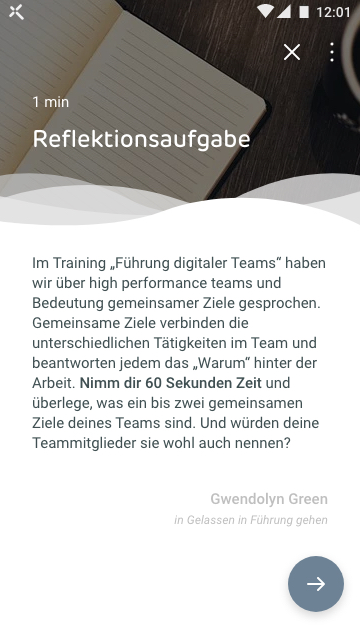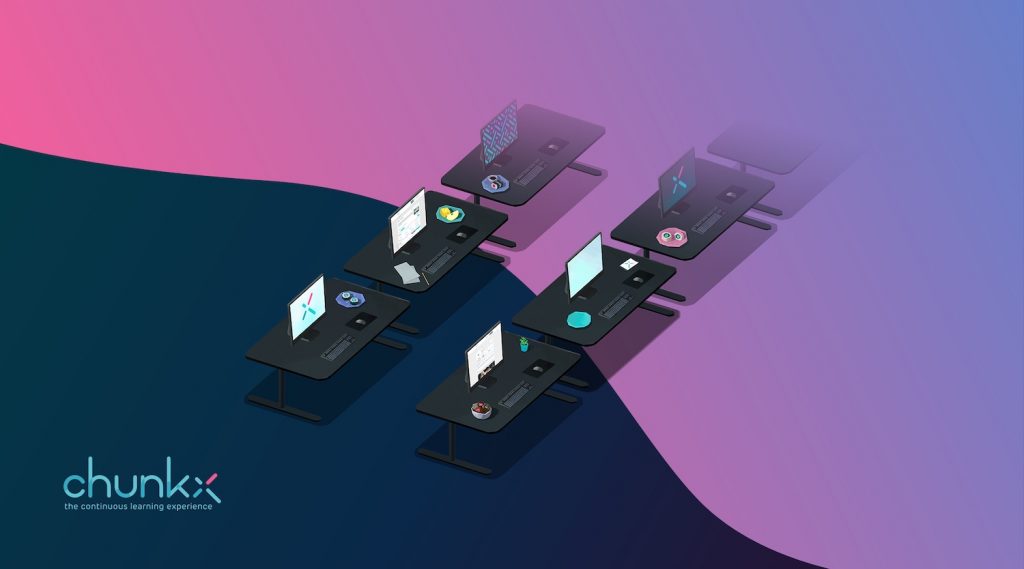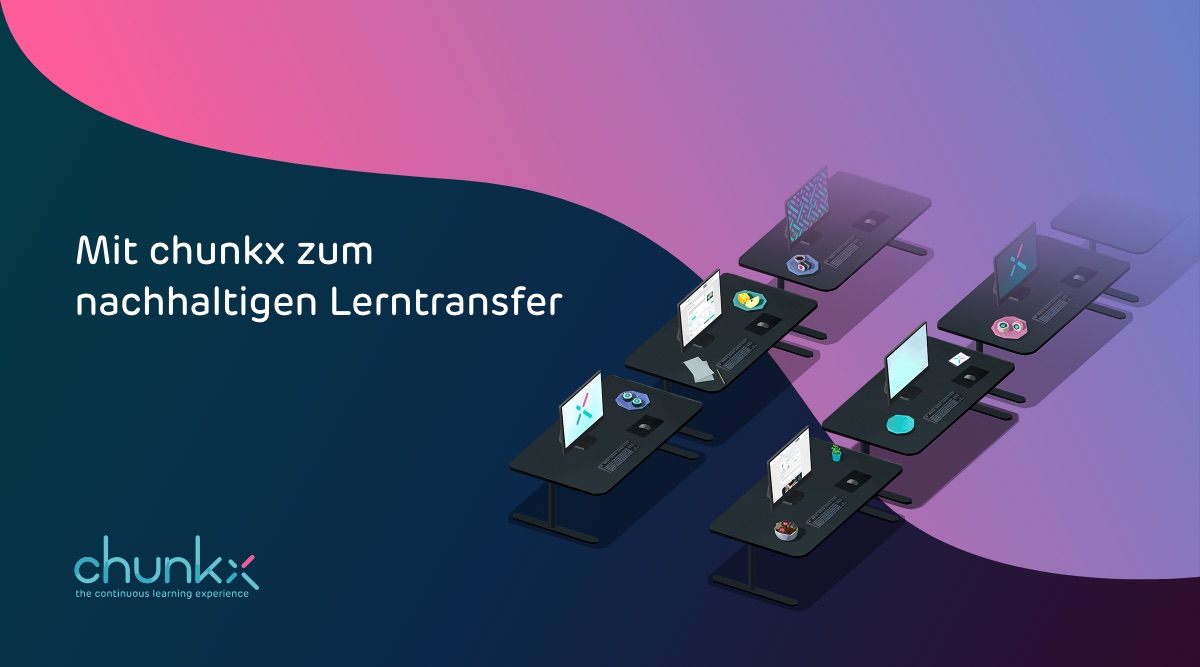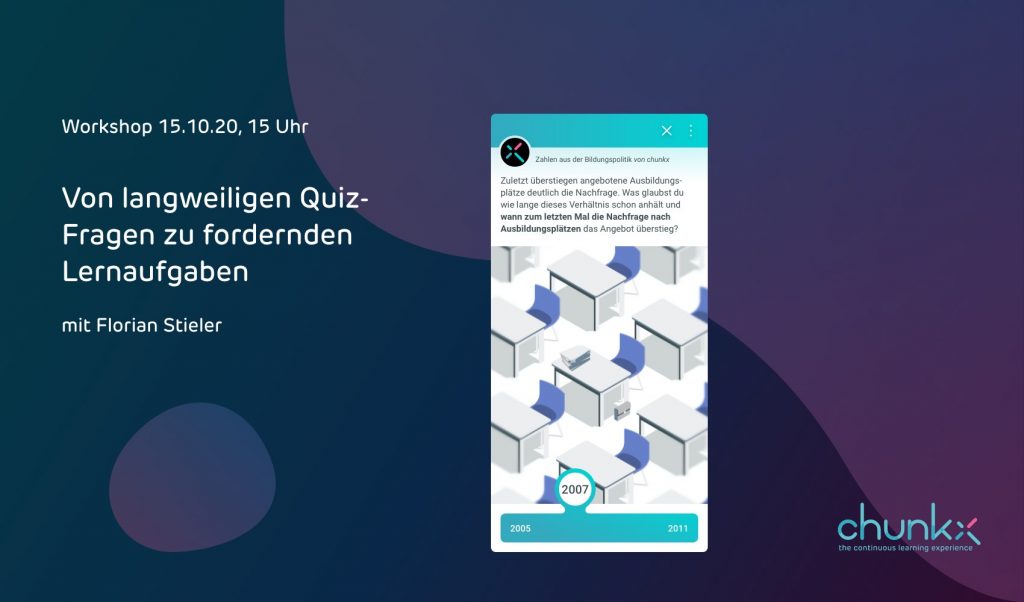Factors for successful learning transfer
Learning transfer stands for the ability to transfer a learned problem solution to another, comparable situation. Sustained learning transfer rarely occurs through a single learning activity. Or have you ever done an e-learning or attended a single training and made a lasting change in the way you work afterwards? If not, it raises the question of what the investment in learning was worth if it does not lead to change. After all, companies spend a lot of money on the creation and implementation of learning measures and participants invest a lot of time in which they are not working productively. The transfer of learning is therefore very important and significantly decisive for the success or failure of a measure.
Three crucial factors that contribute to successful learning transfer are what we want to highlight in this article:
1. the importance of emotional events for the transfer of learning
A sustainable transfer of learning is made possible by internalizing the content. Internalization, on the other hand, takes place when learning events are not only run through rationally, but are experienced emotionally.
Emotionality here does not mean that we make the seminar participants cry or that everyone lies on the floor laughing. The latter is perhaps not to be rejected in principle, but it is a difficult goal to achieve (you can learn how humor can be used meaningfully and purposefully in continuing education and in leading teams from Wiebke Schulz, for example). Emotions can already be generated through intensive listening or the mental transfer of what is learned to one’s own experiences. This is favored by so-called irritation experiences, which trigger specific emotions in participants. If a salesperson fails frequently in dealing with objections, he or she has already had the irritation experience and is likely to start motivated in an appropriate training. However, if he does not experience the failure as such, he is probably indifferent to the training and still needs the irritation experience.
Experiences of irritation thus result, for example, from the fact that everyday routines of action fail and a difference from one’s own level of knowledge and understanding is experienced. Only out of this experience of difference do personal reasons for learning arise for the participant and the participant.
1.1 How can irritation experiences and thus emotional learning events be achieved?
For example, by asking at the beginning of an event why the people attending have chosen the seminar and what they hope to gain from it. In this way, the personal reference can be established, which can be addressed in the learning process.
Self-reflective questions during or after the learning activity help to stimulate reflective processes in learners and link what they have learned to their own experiences.
Furthermore, irritation experiences can be stimulated through role plays and exchange of experiences between participants.
1.2 Digital support for emotional learning events
The above approaches can be implemented both analog and digital. Especially in measures without a tutor or trainer, it is difficult to encourage participants to participate personally. But even when using learning media, care can be taken to emphasize the “why?” at the beginning and to regularly ask self-reflective questions that invite people to apply what they have learned to their own experiences.
1.3 Learning content in chunkx
When creating learning content, our trained writers make sure to regularly incorporate reflective questions into our micro-learning units of chunkx. Most often this happens in feedback after a learning task. However, there is also the possibility to set up the whole learning task as a so-called reflexive task. Feel free to contact us about this and we’ll tell you more about what’s important to us when creating digital learning content.
What about you, are you already using reflective tasks? When was the last time and do you feel they helped with learning transfer?

2. the relationship between learning time and learning transfer in corporate learning
The adjective “sustainable” in the title of this article stands for the consideration of a longer period of time and thus already includes the time component. However, time also plays a role in achieving sustainable learning: it is obvious that the chances of achieving a sustainable impact are higher with a 5-day training than with a 1-hour workshop. Unfortunately, however, there is only a very limited amount of time available and the question is always, how do you achieve learning goals most efficiently? In other words, with the least possible investment of money and time.
There is no blanket rule for weighing how much time to devote to a topic. Rather, it depends on how complex the topic is and how important it is for the target group or the company.
2.1 Digital support for productive learning time
Used responsibly, digital tools can help us use time more productively. For in-company training, it is advisable to examine existing blended-learning concepts and further optimize them with the help of digital tools. Blended learning is about combining methods and media in the best possible way. Consider, for example, a 1-day training on “Presentation and Facilitation of Workshops.” Methods will be presented, knowledge about them will be imparted and the application will be practiced together. The methods can be beautifully presented beforehand with a learning video, a short web-based training, a PDF, an email, or with chunkx. Knowledge transfer can also already take place in part with the digital tools. The practical exercises could still be carried out in the training, but this could then be done in four hours instead of eight. The four hours saved are not fully replaced by the digital tools for every participant and every participant. Instead, participants with prior knowledge will need less time.
Our learning app chunkx even supports by making learning content adaptive and according to. of the level of knowledge can be selected for the individual users. The content selection is readjusted to the user after each individual action. You can read more about adaptive learning in chunkx in this blog post . And we have written more about learning time in chunkx in this article.
Making learning time more productive is one thing. Making it continuously productive over a longer period of time is another. For us, the focus in developing chunkx from the beginning was to free learning from the time constraints of a workshop or online training. Because you probably know it too: everything we don’t use right after a workout fades faster than we’d like. Therefore, it is important to provide continuous moments of reflection after the main learning time and to deal with the fact that the transfer of learning does not take place in a single second, but distributed over a longer period of time. The micro-learning approach we have chosen is suitable for this purpose, among other things: learning content is divided into small micro-units that are interrelated but can also stand on their own. This decomposition allows us to stretch the engagement with new content over a longer period of time and to select content according to. of the strengths and weaknesses of the respective user. However, it is not only new content that plays a role in the success of learning transfer, but also the repetition of content that has already been covered.
3. the importance of repetition for the transfer of learning
In classical learning formats, as they have already been listed several times in this article, repetition takes place if only in the form of summaries. This means that it is assumed in online training that we independently repeat content that we have not understood. Most of the time, however, we don’t even find out that we didn’t understand the content correctly. At most, the learning objectives are checked at the end of the learning measure, which in turn does not trigger any targeted repetition of the content.
This means: Repetition does not take place in most digital learning solutions.
It is estimated that learning material has to be repeated about six times in order to store it in long-term memory. This has nothing to do with memorization – this would require much more frequent repetition – but rather with consolidating what has been learned and having it ready for transfer in everyday working life.
3.1 Digital support for learning repetitions
In our micro-learning app chunkx, we take a completely new approach and repeatedly incorporate small repetitions of previously learned content. The frequency and selection depend on the user and what he or she is good at and not so good at. To achieve this goal, we are breaking down the outdated separation of learning and testing. Each micro-learning unit in chunkx contains a learning task, which on the one hand interactively stimulates learning processes in the learner and on the other hand helps our app to learn what should be repeated and what should not. This not only creates an individualized and adaptive learning experience, but also provides optimal support for learning transfer.
Summary
Sustainability and a successful transfer of learning are crucial for the success of learning measures. We have elaborated on whyemotional events, time, and repetition are important factors in learning transfer and how to best use each.
With chunkx, we offer you a tool to expand both new and existing measures in a targeted manner. Not a customer yet? Then contact us for a personal presentation and let’s improve learning in your organization together.







